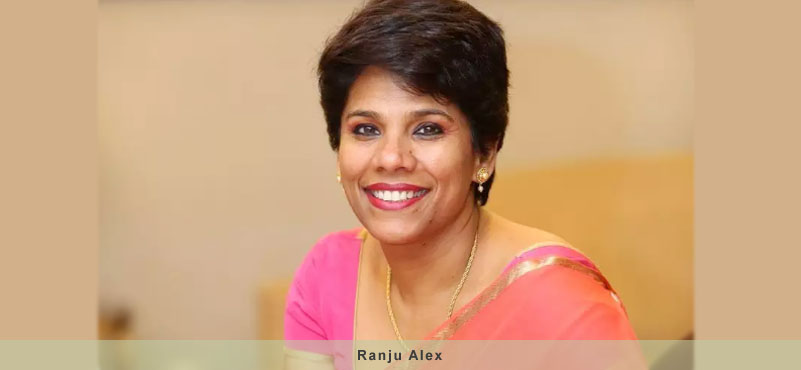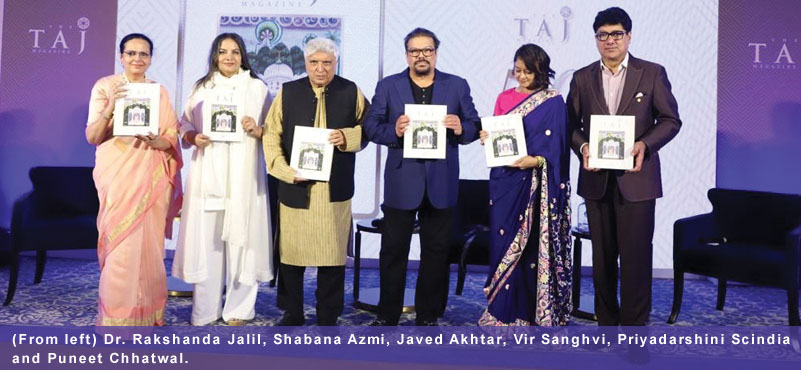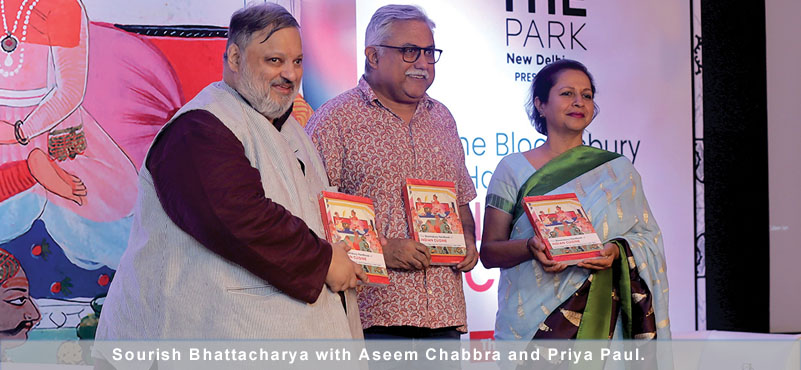According to Dilip Puri, MD (India) & Regional VP (South Asia), Starwood Hotels & Resorts, the hospitality industry should definitely make it a point to harness the domestic leisure segment this time as a new growth spell appears on the horizon. In an exclusive conversation with TourismFirst, Puri also pointed out at the broader nature of turnaround which the hospitality sector is witnessing.
I heard you saying at one of the forums that greenshoots were beginning to show in your business. Is this true and how?
 In the first quarter of 2015, our year on year growth over the same quarter of 2014, we have seen double digit RevPar growth in all our big city corporate markets ,across brands and geographies. Interestingly, the biggest change is coming where we are beginning to see rate gain contributing to RevPar growth. In the last few years, Indian hotels became good at protecting occupancy but it was a drive to the bottom in terms of rate. So that compromise on the rate is now trending differently. So today, we are beginning to see RevPar growth coming more from rate than from occupancy which is a major paradigm shift. RevPar growth through rate delivers more to your bottom line than RevPar growth through occupancy.
In the first quarter of 2015, our year on year growth over the same quarter of 2014, we have seen double digit RevPar growth in all our big city corporate markets ,across brands and geographies. Interestingly, the biggest change is coming where we are beginning to see rate gain contributing to RevPar growth. In the last few years, Indian hotels became good at protecting occupancy but it was a drive to the bottom in terms of rate. So that compromise on the rate is now trending differently. So today, we are beginning to see RevPar growth coming more from rate than from occupancy which is a major paradigm shift. RevPar growth through rate delivers more to your bottom line than RevPar growth through occupancy.
To what factors can you attribute this, because supply is not exactly stopped, and business is said to have yet not grown?
One of the big reasons for this change is the continuing and dramatic change in the market segments of hotels. Market segment means the corporate segment, the group segment, the crew segments and then the retail segment in the market. The retail segment is the people who are using the online channels to book, or OTA’s or GDS systems. As this segment is getting stronger, the rate yield on this segment is anywhere between 15-20% higher average rate than the yield on the corporate segment.
Is this true for Starwood, or do you think a general industry trend?
This is true for Starwood and generally in the industry as well.
Coming back to Starwood, when you said double digit increase, this is spread over how many properties, and in any specific cities?
I would say, about 10 of our properties in 6 cities – the big cities.
When you are saying that you are seeing this segment growth and retail is becoming more solid, what is happening to tourism – I mean, the foreign leisure?
Foreign leisure is showing consistent growth, but not spectacular growth.
I have been speaking to some of my tour operator friends who are not showing this same trend?
If you mean the tour operator segment, that is group tours business, that may have been impacted somewhat negatively, but not for the FIT segment, to which I am referring here.
Americans for instance, can get a Visa really quick, the ability to plan a long haul vacation in a shorter time period is the function of Visa on arrival. It is too early to actually to comment on the numbers. But there is no doubt that if implemented effectively, this is a game changer for foreign tourists, particularly from long haul markets.
If you give China visa on arrival and even 0.001% of the total outbound market from that country comes here, that could be a million tourists. Traditionally, we in India have always believed that China is not a market for India, that it is a hard market to work on, and will not produce results so easily. But you will be surprised at the appetite the Chinese have to travel. And it is the same syndrome as the Indians. First you travel to Dubai, then Bangkok, Singapore, Switzerland and then America. After these, then the Indian says, now let’s travel off the beaten track. They will then say let me take a cruise, go on a safari, or perhaps take a trip to Bhutan. The Chinese have passed that stage. They have been out 5-6 times already and are also looking for newer destinations. If you give China the facility of visa on arrival, from a tourism perspective, believe me that market can change.
In our own properties in the Maldives, when Europe stopped travelling with the recession and the Euro crisis, that was our main stay but we were able to substitute it with China business.
And you suspect it is more the FIT and not the group that will grow with the easing of visas?
I suspect it is more the individual traveller and, and also it will for sure make MICE travel easier. One of the biggest challenges for bringing inbound into India is the Visa and the larger group you organize, the more complicated it gets to handle given that visas are a problem. But MICE travel is not yet exploding simply because we do not have the capability for it.
Talking of MICE, would you be keen to get into running convention centres. For instance Aerocity is ripe for MICE with as many as eleven hotels soon to be ready within one complex. But the 12th, the convention centre has got stuck, with DB Reality not delivering. Typically does Starwood also work in a scenario like say this property, when it is made available for a re-bid? How would you go about it, typically?
Yes we could. I imagine they would open it up to auction and there would be a line of investors looking at it and we would look to partner this investor.
But would you a piggy back on the investor or would you initiate an investor to get in?
Either, once we know the deal is on the table, we will actively pursue finding an investor partner. But it is equally likely that an investor who is looking to bid is also looking to tie up with a brand first.
Coming back to opening new areas, allow me to refer to your first Aloft, at Zirakpur on the way to Chandigrah and Shimla, what is the story of that success, as a lesson for the country?
Well the success or the lack of it? It is not a terribly well performing hotel by itself. But if you talk about the brand and the segment, we have seen massive success with 4 Points Sheraton which is the same level as Aloft, but in a more traditional 4 star space.
Where do you see the push coming into hospitality, in terms of demand? From which segments?
The biggest push, as I see it, will be domestic leisure. Goa is such a good example. Last year was tough when the Russian charters got cancelled, about 20-30% of business in Goa in the winters is from there. Goa hotels had to scramble. But almost all the big players managed to substitute it with domestic Indian business at almost the same rates with a higher F&B spend on property. So what’s the crisis there? Why are you using our own market as a substitute when you should be spending on developing this market.
Would you say, that when you see the actual robustness of the domestic leisure, it is early days, that there is immense scope for development in the hospitality industry, yet to come?
A lot of scope, I could not agree more with you. And these could well be early days!
What kind of presence are you foreseeing for yourself in a place like Goa?
We have a W and an Aloft under development. W will open by March next year and Aloft by end of next year. But beyond just Goa, the resort market of India is also our focus. We have signed a Westin in Rishikesh, we are opening a Meridian in Mahabaleshwar next month, we will also open a Westin in Bekal next year. We have had great success with Westin in Sohna. We are clearly focussing on the resort market and are willing to take the risk to bring better and bigger brands to these markets. Also as connectivity improves, these destinations will pick up more and you will see an explosion of tourism in these resort destinations.
By Navin Berry




































